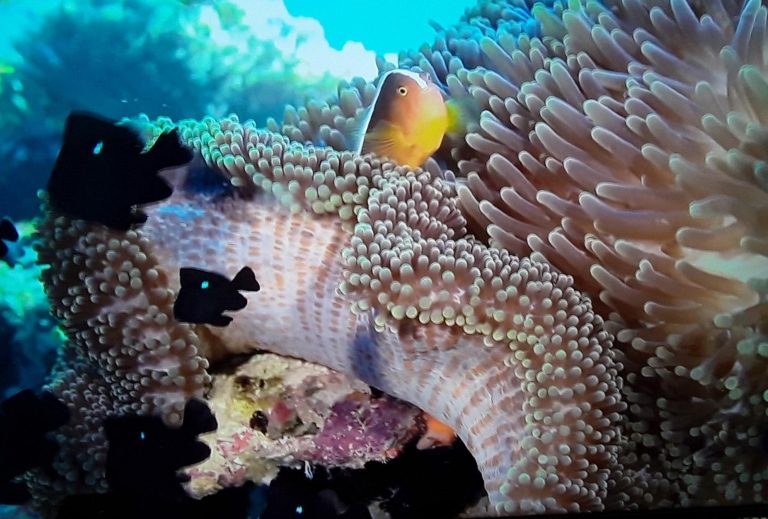Do plants have brains? Well, not in the way we think of a brain, but they do seem to be capable of thought; in fact, some plants can count!
Do plants move? Anyone who has owned a plant will probably say yes. Most plants move in the direction of light as part of a phenomenon called phototropism. This movement is generally slow and sometimes imperceptible compared to the dynamic movement that characterizes animals. Yet there is a small group of plants that is capable of rapid movement. This movement is usually reversible and occurs over a short span of time, usually under one second.
Such is the case with sensitive plant, Mimosa pudica, whose leaves close instantly when touched, and the Venus flytrap, a carnivorous species that snaps shut when its inner hairs perceive movement. In responding to external stimuli, rapid-moving plants can employ different mechanisms, like changing the water pressure in its tissues, increasing internal pressure via dehydration, or releasing elastic energy, to produce movement in the form of bending, twisting and elongation.

While the mimosa plant uses its rapid-moving ability as a defense mechanism, opening again a few minutes later; the Venus flytrap, Dionaea muscipula, cannot afford any casual expenditure of energy. For this carnivorous plant, closing its trap is a big investment, because re-opening it takes between twenty-four to forty-eight hours.
Since the trap can only open and close a limited number of times, it must first ascertain whether the movement detected is an actual meal worth closing for. But how can it know whether something is a meal is worthy of its time and energy? How can it ensure that the movement its trap hairs perceive is not just a piece of airborne debris? The Venus trap tallies up the movements.
Success
You are now signed up for our newsletter
Success
Check your email to complete sign up
In fact, the Venus trap never snaps shut at the first perception of movement. When its trigger hairs detect the stimulus for the first time, it sends information for the plant to prepare to close. What determines the final reaction? If, within approximately twenty seconds of the first strike, another contact with the hairs occurs, the trap closes instantly. However, this does not mean that the plant has made a final commitment. Before starting digestion, it waits for five more stimuli to ensure that its prey is a bug worthy of consumption.
The accuracy and precision of this counting mechanism have astonished the scientific community, raising questions about the degree of evolution of these organisms. Although plants are not endowed with a brain, they have proven to have advanced capabilities that have become a fascinating subject of study. In this field, the work of the neuroscientist Greg Gage has been particularly notorious. In his experiment, Gage demonstrated that plants employ electrical signals to convey information and prompt movement in the same way the human brain utilizes electricity to carry messages to the muscles that produce movement.
The extent of the capabilities of plants has been puzzling scientists in recent years. The mechanisms that these organisms employ to adapt and interact with their environment have led scientists to suspect that behind the apparent stillness and structural simplicity of plants, there may be a world of complexities that is yet to be discovered.
















